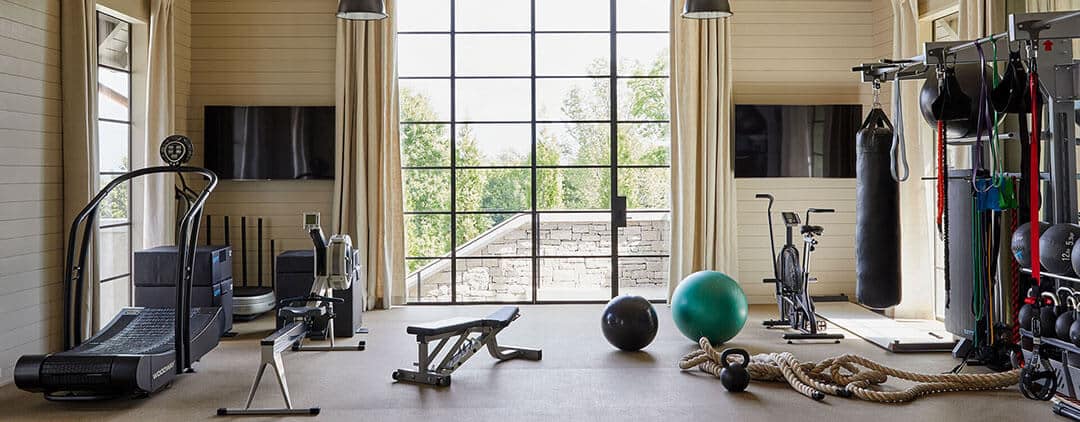Progression is a fundamental principle in resistance training, particularly when using dumbbells. As you grow stronger and your muscles adapt, increasing the weight becomes essential for continued growth and strength gains. But when exactly should you make this leap? This article will guide you through the decision-making process, helping you determine the right time to increase dumbbell weight.
Mastering the Current Weight
Before escalating the weight, ensure that you can perform the desired number of repetitions with proper form. If you can complete three sets of 8-12 repetitions with ease, and you’re no longer feeling challenged, it’s a clear indication that you’re ready to progress.
Consistent Performance
Consistency is key in weight training. If you’ve been consistently performing well for at least two weeks, without compromising form, it’s a good sign that your body has adapted to the current load and is ready for a new challenge.
Recovery and Adaptation
Listen to your body. Ensure that you’re giving yourself enough rest days and recovery time between workouts. Jumping to heavier weights before your body is fully recovered can lead to overtraining, injuries, and setbacks in your progress.
Aligning with Personal Goals
Consider your fitness goals. If you’re aiming for muscle hypertrophy, increasing weight once you’ve achieved mastery at the current level can help stimulate growth. For strength gains, increasing weight regularly (every 2-4 weeks) can help you break through plateaus.
In conclusion, the decision to increase dumbbell weight should be based on a combination of factors, including mastery of the current weight, consistent performance, adequate recovery, and alignment with your personal fitness goals. By being mindful of these elements, you can navigate your progression effectively, ensuring that each increase in weight contributes positively to your overall fitness journey. Remember, patience and consistency are your allies in this endeavor. Aim for steady, sustainable progress rather than rapid, unsustainable leaps.

